Between 1986 and 2008, Glenglassaugh distillery sat mothballed along the Banffshire coast 50 miles northwest of Aberdeen. Twenty-two years of silence and harsh North Sea storms punctuated only by the periodic footsteps of the warehouse and mash men tending to the old stock and keeping the washbacks alive. The 80s were a rough decade for far too many Scottish distilleries. Production outstripped demand, which sent the price of whisky through the floor and many distilleries into silence. Or worse.
Glenglassaugh (pronounced glen-GLASS-ock) was one such casualty. Its owners deemed the distillery’s spirit inappropriate for use in its popular Cutty Sark brand, so the boilers were shut off, the barley trucks sent away, and the doors locked up. Certainly not the most unique ending to a once proud distillery. But as the years ticked by and fellow distilleries like Port Ellen, Brora, and Banff were demolished, Glenglassaugh was kept on life support. Waiting.
In 2007, a group of investors who were also fervent whisky enthusiasts purchased Glenglassaugh. By 2008, after months and half a million pounds of refurbishments, spirit once more pumped through the heart of Glenglassaugh. After 22 years, it still had a heartbeat.
It took me all of 22 seconds to realize I had to go on the Ultimate Tour of Glenglassaugh being offered as part of the Spirit of Speyside Whisky Festival.
Technically, Glenglassaugh is considered a Highland distillery – not a Speyside one – which explained why I was driving more than half an hour in the opposite direction from the beautiful Spey valley. Glenglassaugh hugs the coast a couple of miles west of tiny Portsoy on the North Sea coast, and I’d left my HQ at Trochelhill with plenty of time to spare. Or so I thought. An accident on the only road that would take me there (this IS Scotland) caused the police to shut it down, which caused me to drive blindly on unnamed back roads trying to find an alternate route well after I should have arrived for the tour.
Luck intervened as I managed to find my way back to the A98 (only a mile further on), and the whim that sent me back toward the crash site paid off as it had cleared up by that time. I was sure I’d missed a good chunk of the tour, but when I arrived the distillery was a ghost town. As luck would have it, another couple had also been waylaid and since the three of us accounted for 75% of the tourgoers, our guide, Ronnie Routledge, had opted to wait awhile before starting.
Ronnie is a perfect gentleman with a dash of roguish charm and a galley full of experience in the whisky industry. He’s Glenglassaugh’s UK Account Manager and he knows everything there’s to know about the new and old Glenglassaugh. As we walked through the distillery’s alleys and between the moldering buildings, Ronnie extrapolated on Glenglassaugh’s history. Some of the buildings date from 1865 while a large portion of the distillery was constructed in 1960, in the style of Glenrothes, to accommodate ownership’s desire to make Glenglassaugh a prime component in their blends. It’s not the prettiest distillery I’ve ever seen, but Ronnie assured us it’s perfectly functional and makes excellent spirit.
Glenglassaugh is a big place, and I got a strong sense of how much work it takes to reboot a distillery. Dismantled machines still lay in pieces in various places, but there would be time to deal with that later. Right now, Ronnie and the rest of the Glenglassaugh team are focused on making new spirit and turning a profit on the small stock, only 500 casks, they acquired from the purchase of the distillery (before Glenglassaugh was shut down in 1986, most of its stock was being used at 4-6 years of age in blends). At the moment, they’re only running for 31 weeks out of the year, which yields about 200,000 liters or just a sixth of what they could produce, opting to use the other weeks to carry out projects around the distillery. Twenty-eight of those weeks use unpeated malt while the remaining three weeks use heavily peated malt. These days, everything is going toward Glenglassaugh single malt.
As we passed the beautiful red, cast-iron Porteus mill I was surprised to see more Porteus gear, including an old school mash tun the likes of which I’ve only seen in use at Deanston and Bruichladdich. Interestingly, they don’t run the rakes in the mash tun constantly during a mash. Instead, they do a few passes and let the mash macerate for a few hours, yielding a more natural sugar extraction. Ronnie explains that Porteus was the main contractor in 1960, and that they’re trying to keep as much of the old equipment as possible. Unfortunately, some of the copper and nickel alloy equipment had been stolen during Glenglassaugh’s 22-year coma. It comes as no surprise, then, that the entire operation is free of computerization and automation.
In the fermentation room, Ronnie gives us the first of many tastes directly from containers not designed to be tasted from. I dip my head over the open washback and catch a dizzying blast of CO2 that shoots into my brain like an icepick. I’m well aware of this phenomenon, but I’d never experienced it in 40 previous distillery visits. Be careful you don’t lobotomize yourself.
The “beer” Ronnie offers us is strong but mildly flavored. A typical fermentation at Glenglassaugh runs about 75 hours in one of their four Oregon Pine washbacks, though they have two stainless steel washbacks in reserve if/when production ramps up. Ronnie vehemently swears there’s no perceptible difference between spirits that ferment in wood versus steel. It’s another one of those controversial topics in the whisky industry.
Much like water. And while most of the water discussion deals with whether or not peaty water can impart peatiness in the final product (generally agreed that no, it can’t), there does seem to be a pronounced difference between hard and soft water. Glenglassaugh may be using the hardest water in Scotland. Ronnie explains that hard water produces a more robust, bigger bodied whisky in the end. This is the reason why Glenglassaugh’s previous owners shut it down – Cutty Sark is a subtle, more delicate blend. Hard water can be hard to work with, too, since sediment can build up in the boilers, but the crew at Glenglassaugh pitch in some salt to help knock the minerals out.
I admired the enormous stills from a catwalk. It was a silent production day but the stills radiated lots of idle heat. It’s just one way Glenglassaugh keeps its operating costs down; it uses more energy to turn the stills completely off and then restart them for a boil. Ronnie promised us the best view from a distillery, so we followed him up a ladder and through a small door onto the roof where we caught a spectacular view of the North Sea rolling onto a nearby beach. I had to admit, the ultimate tour was living up to its name.
After descending from the top of the stillhouse, we walked through Glenglassaugh’s windy streets to the warehouse. Ronnie pointed out Glenglassaugh’s three-pronged focus: quality wash, quality newmake, and quality wood. Here at the warehouse, we get a look at scads of barrels, including tons of first-fill and refill Sherry butts, ex-Bourbon barrels from Heaven Hill distillery in Kentucky, rum barrels, Sauternes wine casks, and Moscatel casks. It’s evident that wood management is a top priority, and, based on my experience visiting two-score distilleries, it’s the most important element in quality whisky. Duly noted.
The warehouse Ronnie led us into is a vast building with super-high ceilings to accommodate the racked casks. A wall of small octave casks have personalized heads – turns out Glenglassaugh is one of the rare distilleries that sells octaves of whisky to individuals and groups, though the casks must be aged and bottled in Scotland. It’s not uncommon to see new or rebooted distilleries doing this, but I recall the folks at Kilchoman wishing they hadn’t gone down that path because they wanted the stock back. One of these days I’ll gather up a group of friends and we’ll buy something like this.
Our circuit of the warehouse concluded with a climb to the top of the stacks and a thrilling walk along rickety planks. Thankfully this happened before we tried a sample from a 45-year old cask as it dripped down the handle of a bung mallet. So many strange and awesome experiences on this tour, some I can’t even write about…
Tasting Notes
Two hours after the beginning of the tour, the tasting. Until a few months ago, Glenglassaugh’s youngest whisky was 26 years old and it proved to be on the younger end of the tasting array I was about to experience.
We started with their unpeated newmake spirit, which they’ve branded Clearac. It is exceedingly smooth (the ABV has been dropped to 50%), clean, and full of juicy green apples, pears, and pineapples that define Glenglassaugh’s distillery style. There’s a little bit of earthiness, a little cereal. Perhaps some licorice. It’s actually incredibly good for unaged spirit.
Next up is Revival, Glenglassaugh’s first new whisky since production restarted in 2008. An apt name. Revival has no age statement, but it is just over three years old, non-chill-filtered, and with natural color. Revival was created using a melange of casks, from first- and second-fill Bourbon barrels, first- and second-fill Sherry casks, ex-Islay casks, wine casks, and re-charred casks (meaning it has been used probably four or five times). The whisky is wholly unpeated and you’d never guess it’s as young as it is. There’s a richness to the nose that defies its age. Toffee, plums, and chocolate. The palate is fruitier with cherries and oranges and the smoothness of honey. The spirity edge of youth comes out in the finish. Great work.
The Glenglassaugh 26 is a delicate dram evoking tropical fruits and Sherry. But there’s also a complexity of flavors that reminds me of buttery pastries and the dollop of viscous fruit at the center. There’s a spice ball I can’t quite pull apart, but I think I notice black pepper. A worthy dram.
Ronnie pours us the Glenglassaugh 36 from a stately decanter. I can already smell its syrupy sweet nose. Golden syrup, golden raisins, pink pencil eraser, and citrus. A pleasant sourness appears on the palate, accompanied by mint and a bit of oakiness. This bottle spent time in a Sauternes cask and the influence is clear and welcome.
An arcane medicine bottle appeared on the table and Ronnie explained it was a sample they’d rejected from a 1967 cask. Black as vanilla extract, the word is that it spent too much time in a Sherry cask. The dram was all dark chocolate, coffee grounds, maraschino cherry, and a dry, woody, bitterness around the edges. I thought it was fantastic, big and loud. My kind of whisky.
Finally, we said hello to the Glenglassaugh 45 and goodbye to the Ultimate tour. This is a 1966 vintage at 49.2% ABV that sells for £1,500/bottle. It spent most of its life in a refill Sherry hogshead before being reracked into Bourbon barrels. The vanilla is noticeable, and the dram has many of the characteristics of the sample but the flavors are more finely balanced. There’s more finesse here, and it provided an awesome lesson on where distilleries draw the line for sellable product. Incredible dram. Wish I had a bottle.
I want to thank Ronnie Routledge for a first-class tour. I’m happy to see this distillery alive and kicking once again.
Disclosure: The Spirit of Speyside Whisky Festival and Glenglassaugh Distillery provided me with a complimentary spot on the Ultimate Tour. All thoughts and opinions expressed here, as always, are my own.

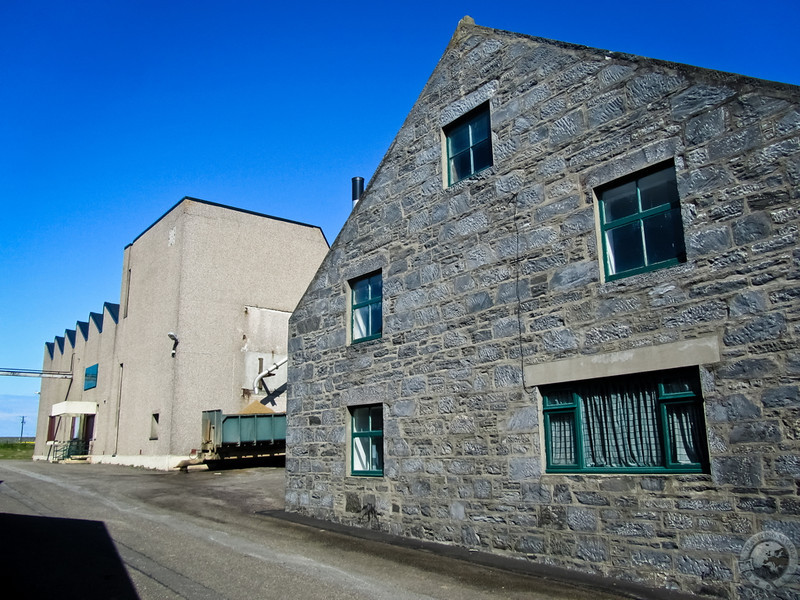
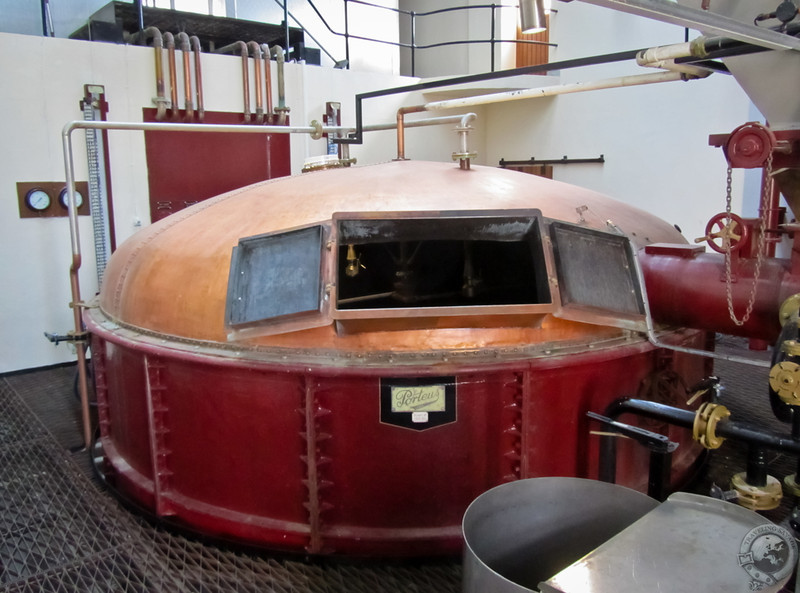
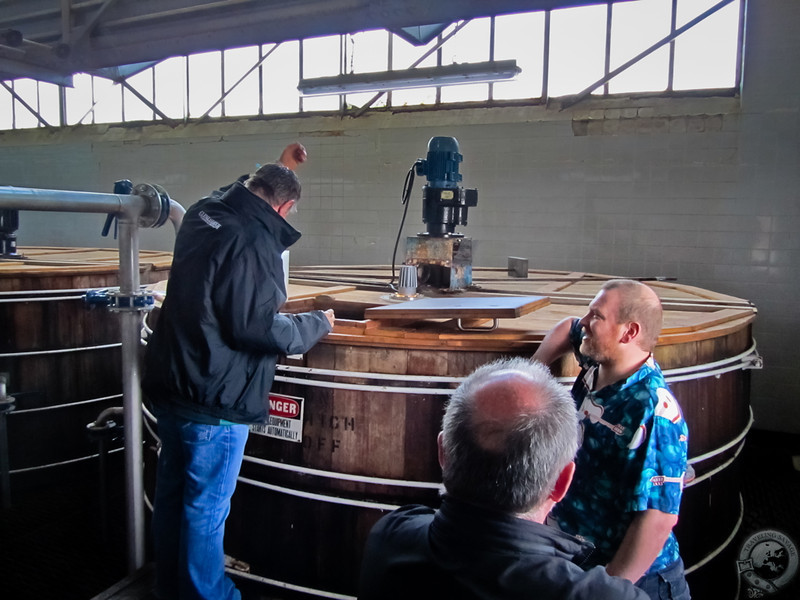
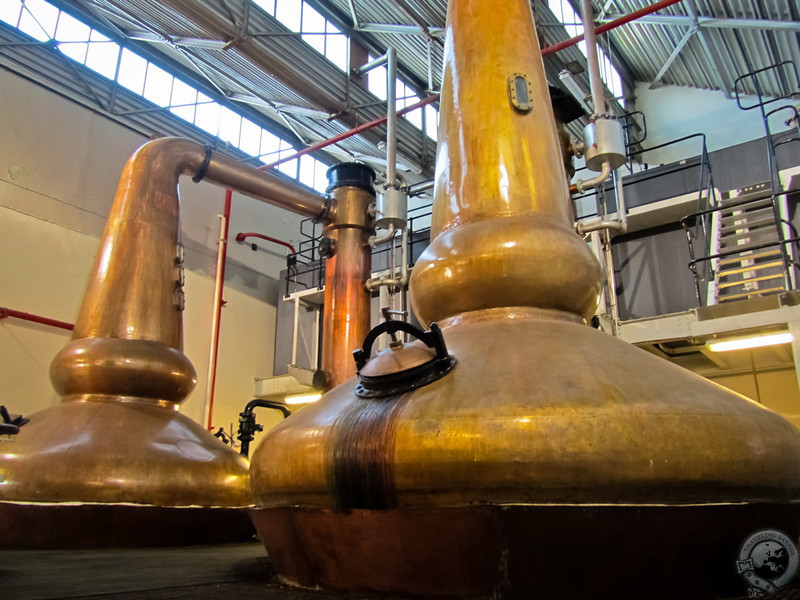
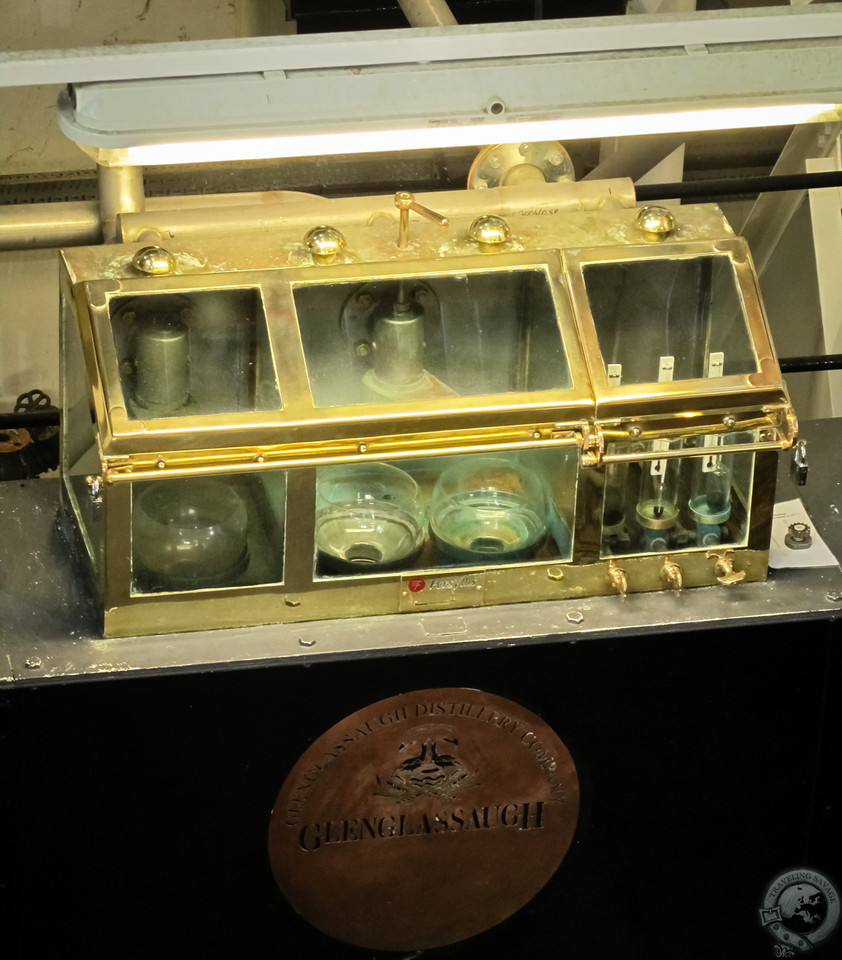
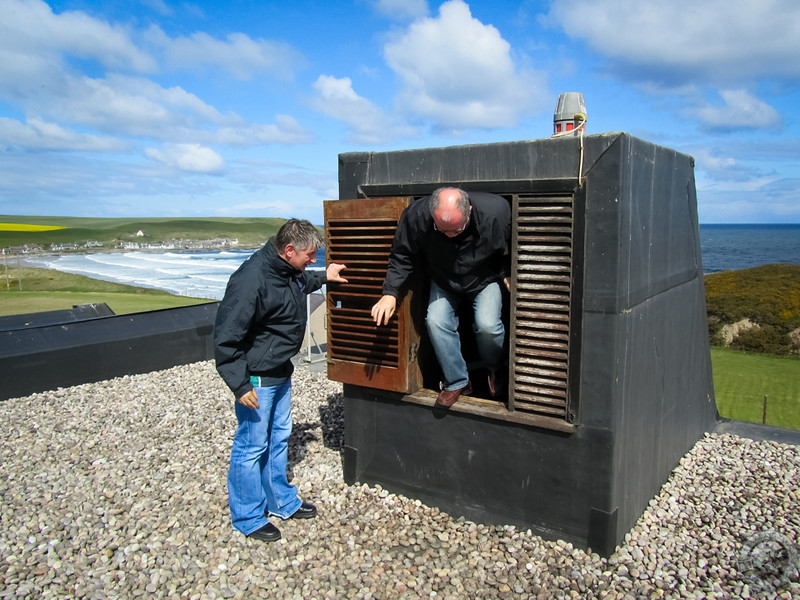
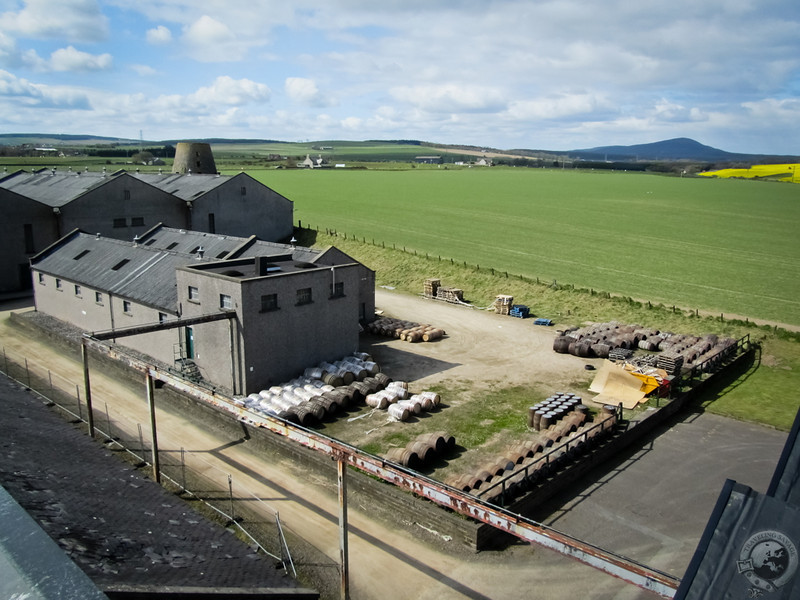
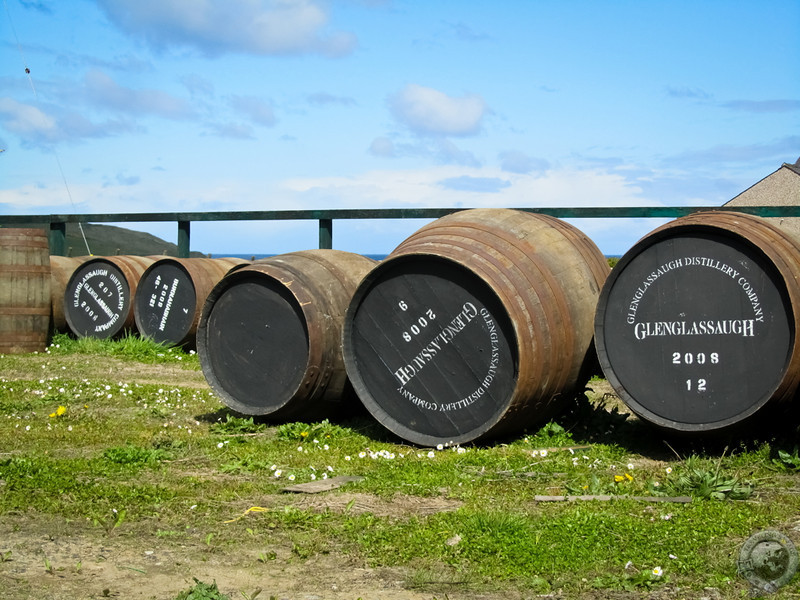
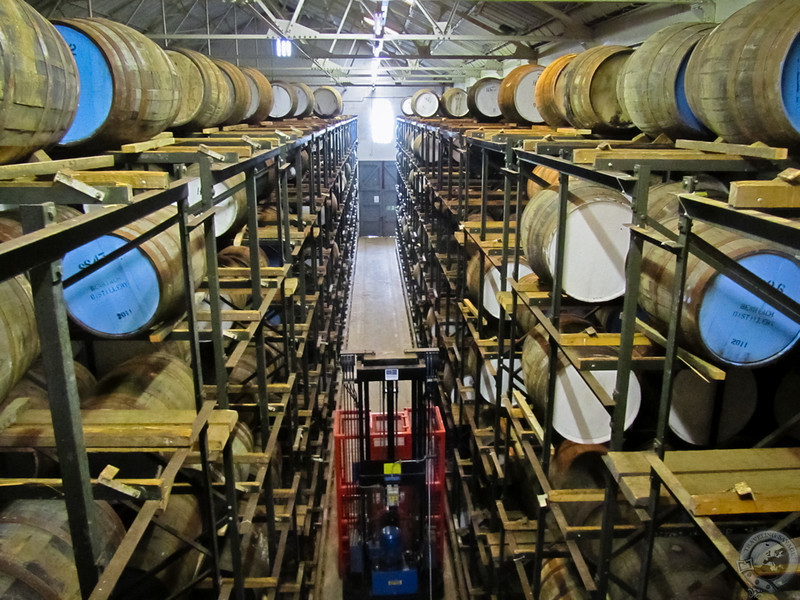
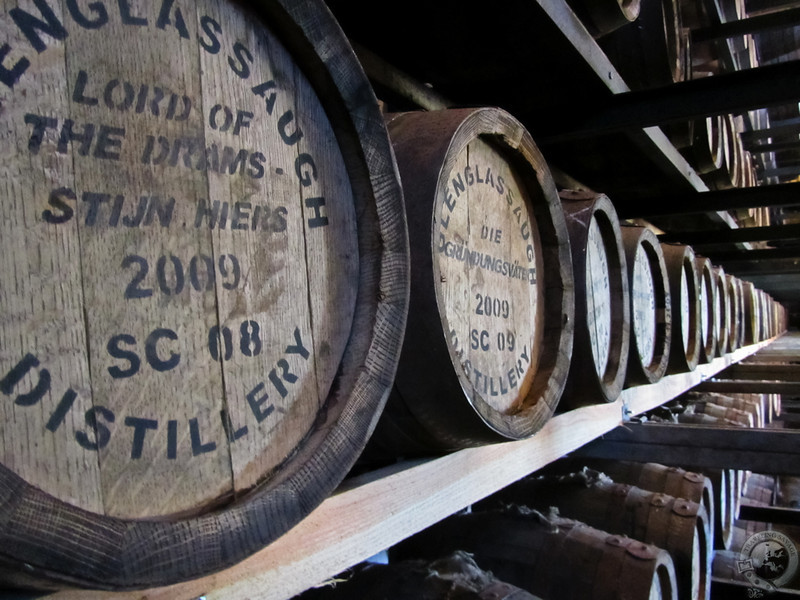
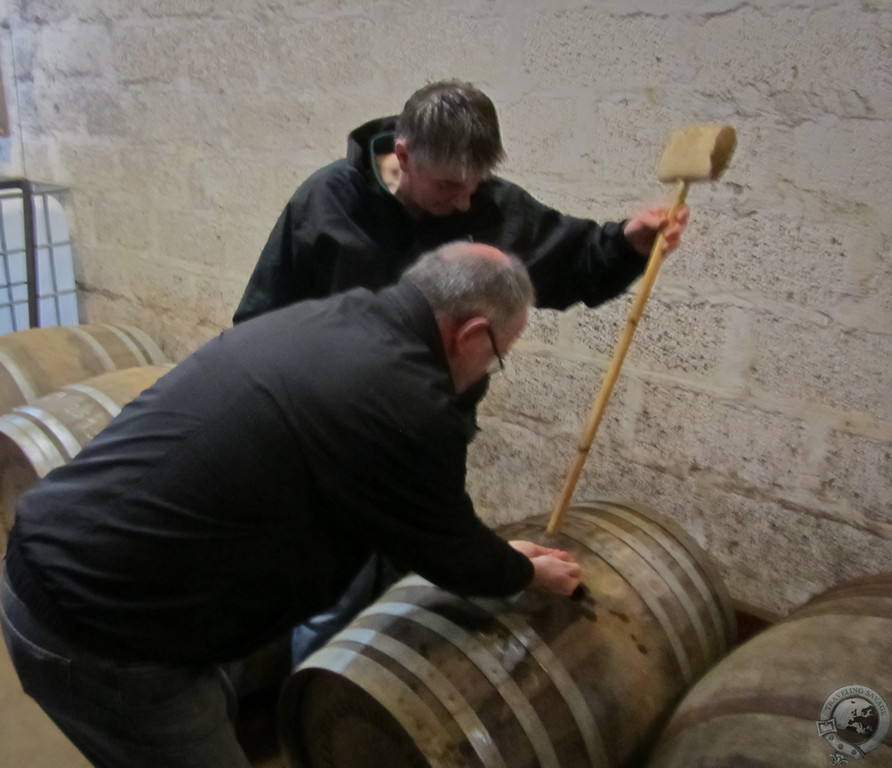
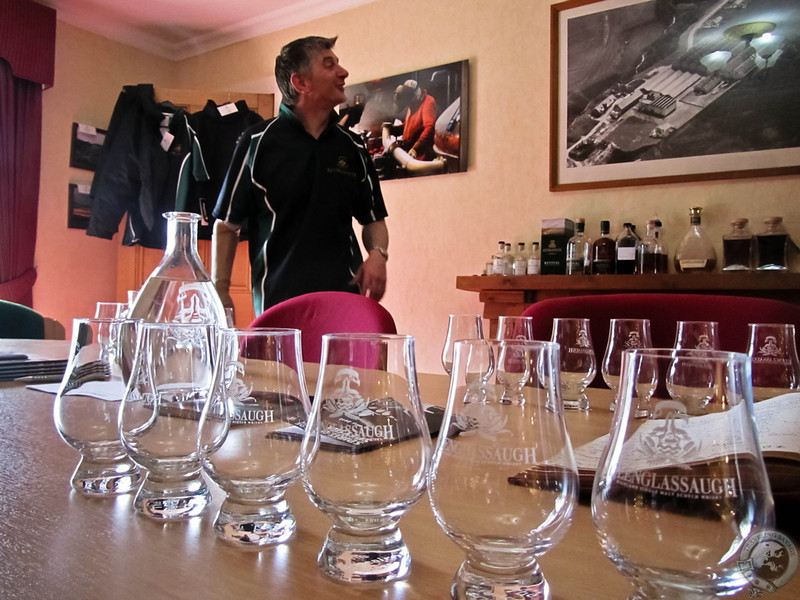
You truly are a traveling savage – what a great opportunity to be invited on this tour. I’m an American living in Rio and, although whisky is rising in popularity we still don’t receive anything quite on these levels. However, I still hold out hope of one day supping something so great as the 45 whilst watching the sun go down.
Many distilleries speak of Latin America as a rising market. Scotch whisky is exploding in growth down there. It won’t be long before your options greatly increase. When I sit down and really think through a whisky as old as a 45, I’m reminded of the magic in the process. Such a long time passes while those barrels sit in cool, dank warehouses. The world moves on, changes, generations are born and retire. Astounding.
Good to see my cask is still there. Was afraid Ronnie ‘Robbie’ might have stashed it in his cellar ! 😮
The Lord of the Drams himself! How crazy that you found your way here only to see your cask in one of my photos. It’s doing just fine there at Glenglassaugh.
Actually….it was a friend who has put a link on my facebookpage 😉
Hey Keith,
Brilliant story and it is really a shame that this whole experience didn’t bring more people around there. Luckily you are at hand this may help this new revival of Glenglassaugh. I am a whisky fun and you have brought me the thought of how much effort is put into those spirits to come alive. Truly magical.
Simply Great
The good news is that Glenglassaugh does Ultimate Tours on fairly regular basis, as I understand, so I’m betting they have plenty of visitors.
Great notes on the tour and of our whiskies. Makes me want to jump up from my desk and go for a look from the mash-house roof, as it is a glorious day.
We are always happy to take people on tour and share the delights of working here.
I had a fantastic time on the tour and appreciate the hospitality I was shown. Might be time to hunt down a bottle of Revival.